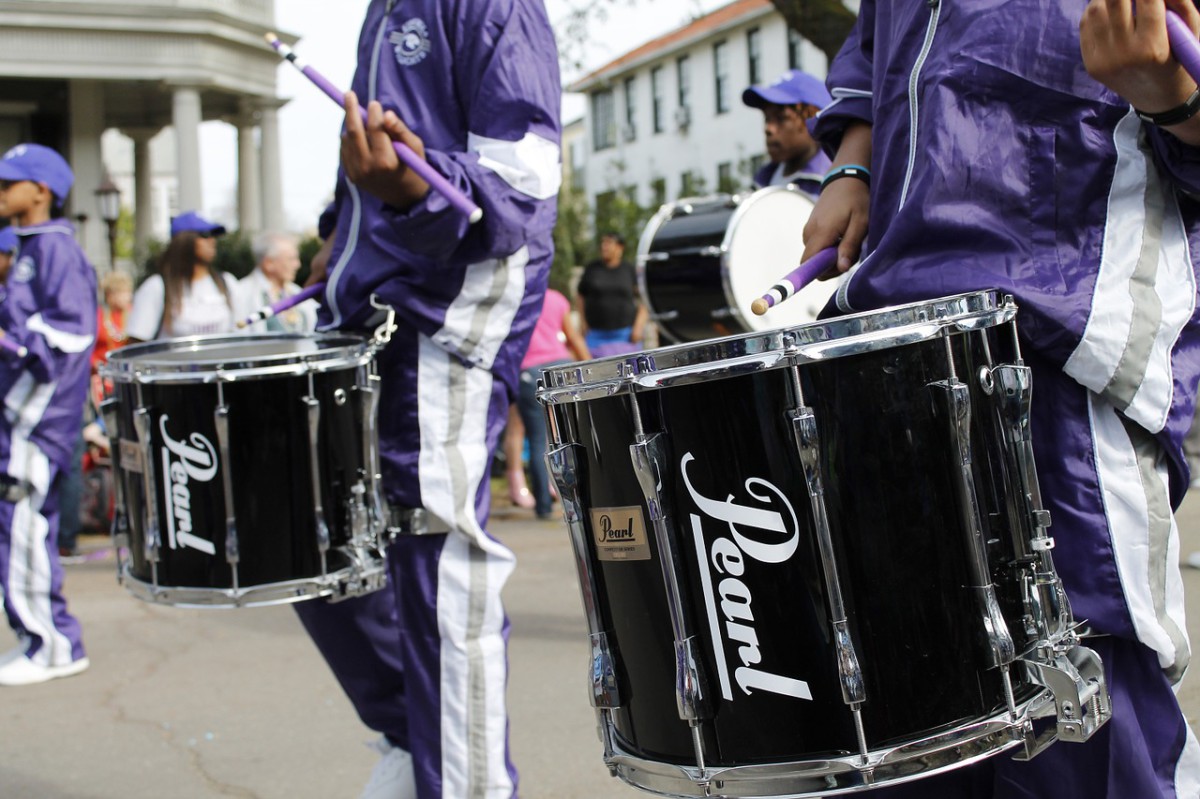With the 2017 Mardi Gras season upon us, the new year promises that even more individuals from all corners of the world will flock to New Orleans to witness the massive lineup of parades. However, many may visit for the spectacle of the festival without being entirely aware how Mardi Gras works. If you’re considering visiting New Orleans and aren’t sure what to expect, or are just looking to gain a little insight into what the festival is all about, I’d like to delve into the practical ins and outs of Mardi Gras!
What is Mardi Gras?
Mardi Gras is a celebration with ties to both Christian and Pagan traditions. It is held on Fat Tuesday, the day before Lent, marking a day of excess before giving up unhealthy food and drink. However, the season officially begins on January 6th, with multiple days of parades planned between them and Fat Tuesday.
The festival has certainly escalated since its estimated inception in the days of ancient Rome. Modern New Orleans traditions include the throwing of trinkets to awaiting crowds—a practice so popular that trees on the street are often decorated with beads for months after—to exclusive balls celebrating the city’s young debutantes. Now more of a cultural phenomenon than a religious festival, Mardi Gras remains a large draw for visitors to Louisiana to this day.
The Culture Behind Mardi Gras
The groups of people that set up floats and throw balls are called krewes. Part party planning committee and part community service organization, krewe members pay dues to finance their activities during the festival.
Generally, invitation to the aforementioned balls is based on who you know in the krewes. Though some offer public tickets, don’t count on getting invited to a Mardi Gras ball unless you have connections (or can make friends fast!).
King Cake
A traditional aspect of Mardi Gras is the serving of king cake at various functions. January sixth is also known as “the Feast of the Epiphany” and is also the first time that king cakes are eaten during the festival.
The cake itself resembles a doughnut and is comprised of cinnamon-laced dough topped with icing and colored sugar, traditionally in purple, green, and gold. These three colors traditionally represent justice, faith, and power, respectively.
Perhaps the most unusual aspect of the cake is the inclusion of a small baby figurine inside, representative of the baby Jesus. Whoever receives the slice of cake with the figurine is treated like royalty for the evening, but is also obligated to purchase the next cake. In other countries, the baby is often replaced by a pea or a bean.
Where to go on Mardi Gras?
In a broader sense, many cities across the world celebrate Mardi Gras, though New Orleans is the most famous for the practice. If you’re looking to get a sense of how the festival is celebrated elsewhere, check out Baton Rouge, Rio de Janeiro, Brazil, and Cologne, Germany.
In New Orleans, the bulk of the celebration is held in the city’s French Quarter, and is renowned for being family-friendly despite the prevalence of alcohol during the festival. Bourbon Street, as the name suggests, is home to the raunchier Mardi Gras crowds; but the rest of the quarter is lined with families looking to take in the spectacle of parades.
What else do I need to know?
Be smart and be safe!
Despite being a tradition dating back centuries, Mardi Gras is fairly loose and not particularly stringent about the behavior of its revelers. That said, expect a lot of costumes from attendants; even if you’re from out of town, consider joining in the festivities by dressing up! There are no particular limits on how to dress, but many of the popular costumes are satirical or humorous. If you happen to be invited to a ball, the requirements are much stricter, requiring gowns and tuxedos for guests.
Mardi Gras isn’t just a celebration; it’s a cultural staple that defines New Orleans as a city and something that everybody should experience.

